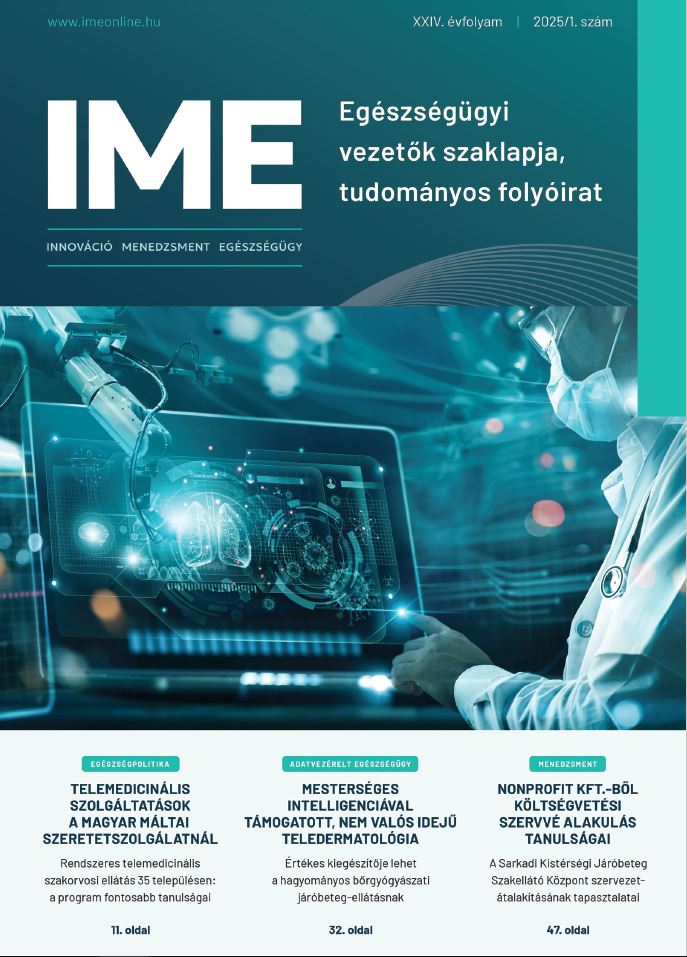Innovation and sustainability in pediatric care: Telemedicine and prevention models in Hungary
Abstract
The Naszlady Attila Health Development Program, implemented between April 2023 and December 2024 in Hungary, introduced telemedicine-based pediatric care to address healthcare disparities in disadvantaged regions. This innovative initiative aimed to enhance access to quality care and expand preventive health models, focusing on acute, chronic, and preventive healthcare needs.
During the program, over 2,470 children received telemedicine consultations. Acute conditions such as seasonal viral infections (28.6%), upper respiratory tract infections (6.4%), and gastrointestinal symptoms (9.1%) were effectively managed remotely. Chronic health concerns, including obesity, hypertension, malnutrition, and anemia, were identified in 46% of cases, emphasizing the importance of school-based health screenings. These screenings revealed significant health risk factors in 40% of participants, leading to timely interventions.
The use of advanced telemedicine tools, such as digital stethoscopes and diagnostic analyzers, enabled accurate diagnoses and treatment planning. Additionally, the integration of the telemedicine platform with Hungary’s centralized EESZT system facilitated seamless electronic prescribing and referrals. The program demonstrated that 83% of pediatric patients received definitive care locally without requiring further referrals, showcasing the effectiveness and safety of telemedicine in pediatric settings.
The program also contributed to reducing healthcare disparities and highlighted the importance of technological innovation, education, and policy support in modern pediatric care. Telemedicine proved to be a sustainable solution for addressing challenges posed by physician shortages and geographical barriers, particularly in underprivileged communities.
The Naszlady Attila Program underscores telemedicine’s potential as a transformative tool in pediatric healthcare. By enhancing access, promoting prevention, and optimizing resource allocation, telemedicine can play a critical role in improving health outcomes for children, especially in underserved regions.

This work is licensed under a Creative Commons Attribution-NonCommercial-NoDerivatives 4.0 International License.




